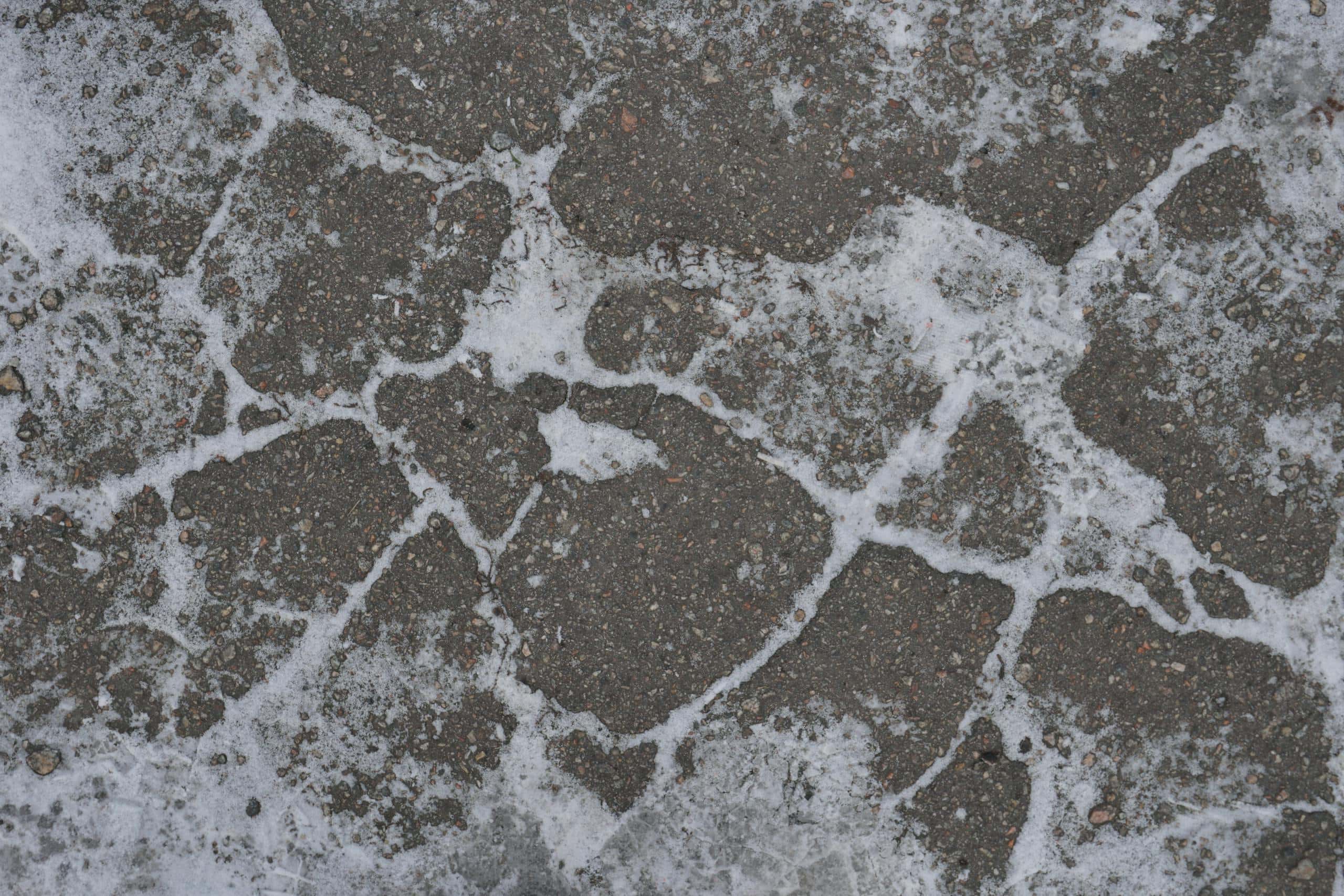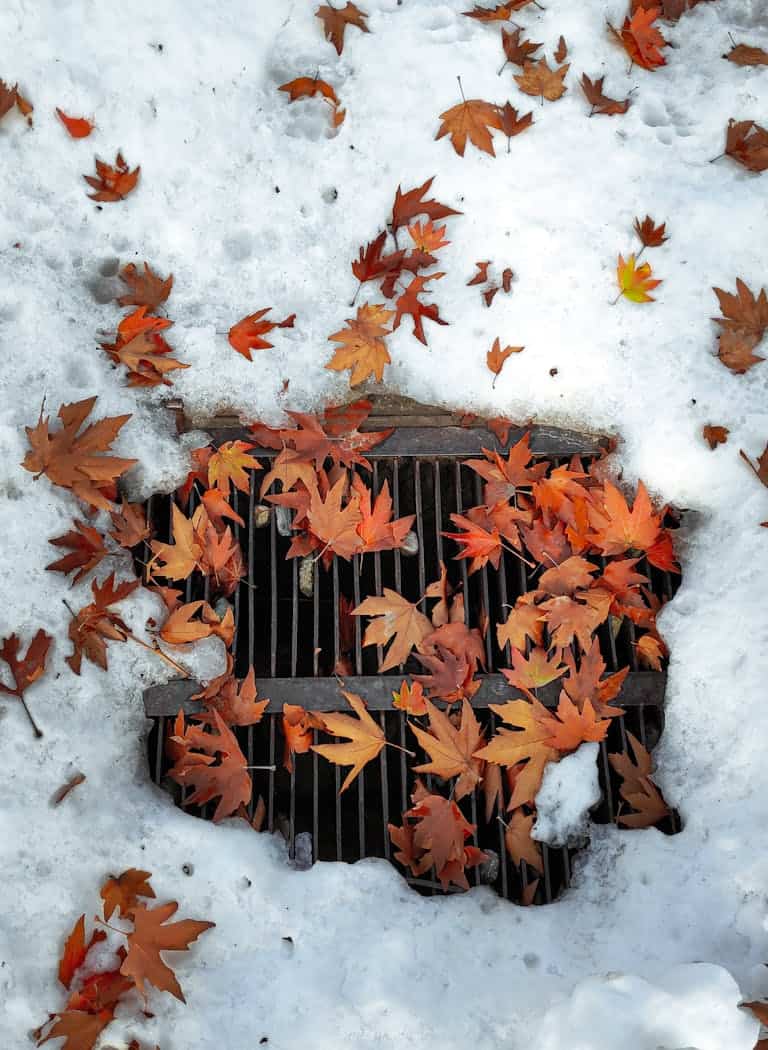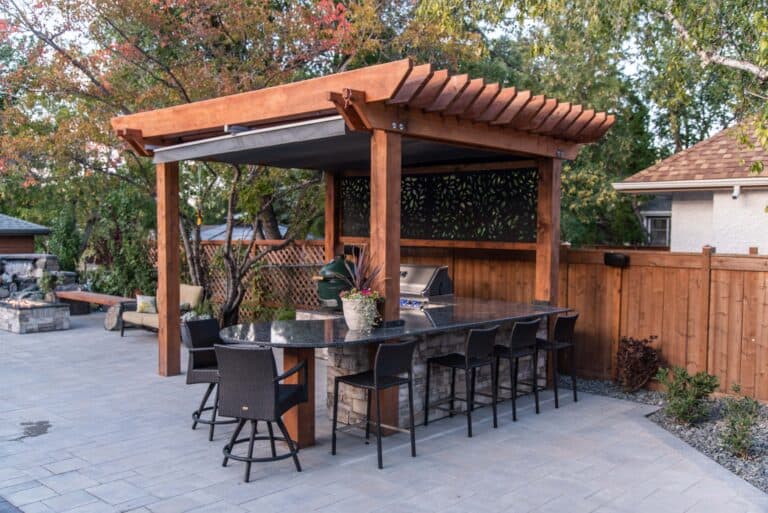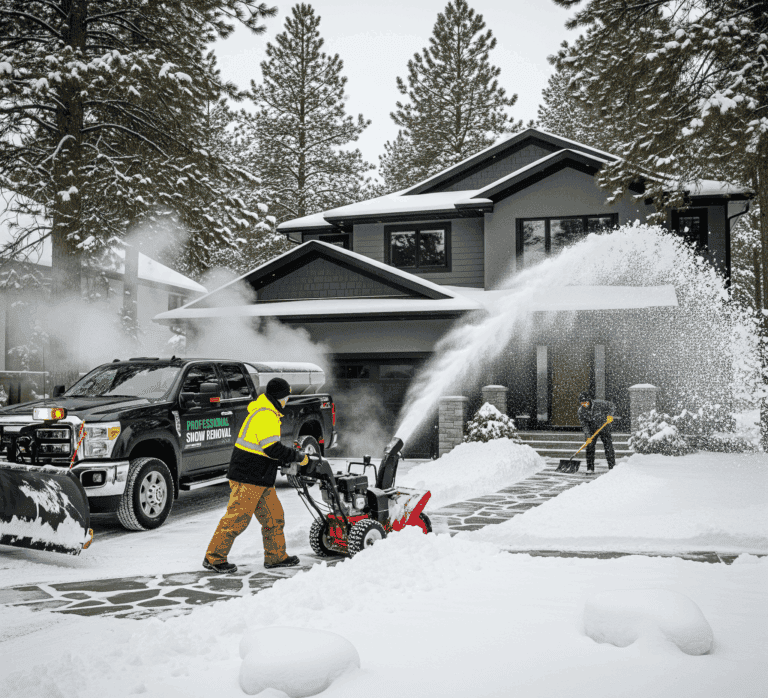Winter Landscape Maintenance Winnipeg: Protect Your Hardscape from Frost and Ice Damage
Winter Isn’t Just About Waiting for Spring
When snow blankets Winnipeg landscapes and temperatures plunge below -30°C, many homeowners assume their hardscape maintenance responsibilities end until spring thaws. Nothing could be further from the truth. Winter represents a critical period when proper maintenance protects significant landscape investments, while neglect invites damage that costs thousands to repair.
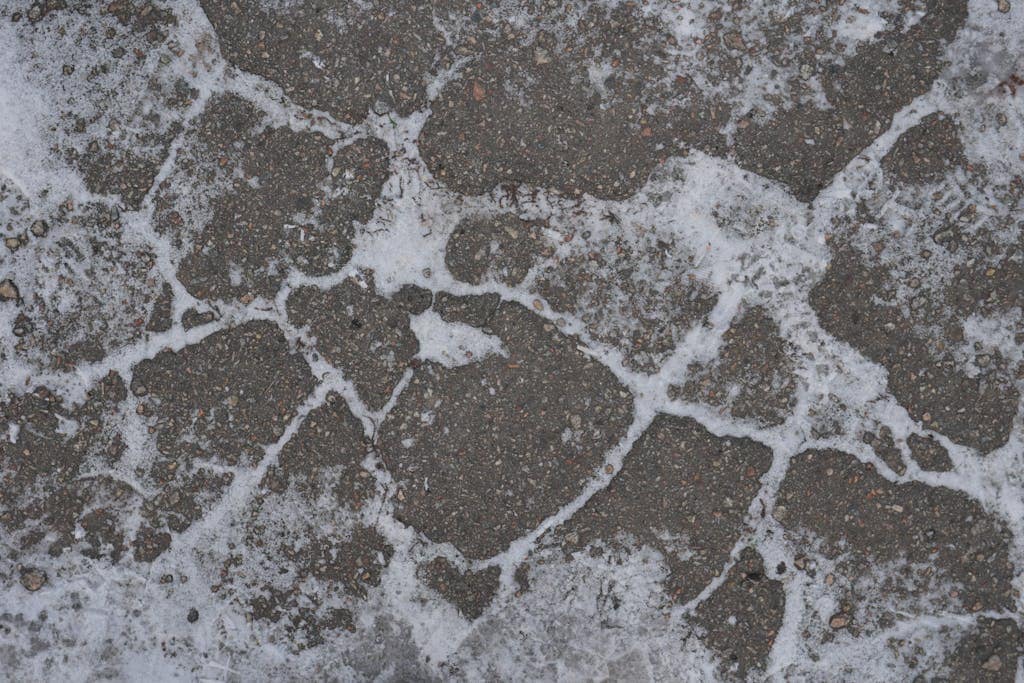
Understanding how freeze-thaw cycles affect patios, driveways, walkways, and retaining walls empowers property owners to take preventive action. Winter isn’t just about enduring cold; it’s about protecting the investments that enhance your property value and outdoor enjoyment for years ahead.
Understanding Freeze-Thaw Damage Mechanisms
The Science of Ice Expansion
Water expands approximately 9% when freezing according to physics principles, creating a tremendous force capable of cracking concrete, displacing pavers, and destroying joints. When water infiltrates hardscape materials or accumulates in small cracks and pores, subsequent freezing generates expansive pressure exceeding 25,000 pounds per square inch, according to research from Iowa State University.
Winnipeg experiences 50-70 freeze-thaw cycles annually based on Environment Canada climate data, among North America’s most challenging conditions for hardscape durability. Each cycle represents another opportunity for water infiltration and ice damage, creating cumulative deterioration that accelerates exponentially without proper protection.
How Different Hardscape Elements Suffer
Concrete patios and walkways develop surface scaling (flaking of the top layer) when water-saturated concrete freezes. The University of Manitoba’s engineering department research indicates that unprotected concrete can lose 1-3mm of surface material annually in severe freeze-thaw conditions, degrading appearance while compromising structural integrity over time.
Interlocking pavers face joint sand erosion and individual unit displacement. Winter precipitation washes away joint sand, eliminating the friction that keeps pavers locked in position. Subsequent freeze-thaw action lifts individual pavers, creating uneven surfaces and accelerating deterioration of surrounding units.
Retaining walls endure hydrostatic pressure from frozen soil expanding behind the wall structures. Without proper drainage, water accumulates in backfill zones, freezing and expanding with force sufficient to push even substantial walls out of position. The National Concrete Masonry Association documents that drainage failures cause 75% of retaining wall failures in freeze-thaw climates.
Asphalt driveways develop cracks and potholes when water penetrates surface voids, freezes, and expands. The Asphalt Institute reports that water intrusion combined with freeze-thaw cycling reduces asphalt lifespan by 40-60% compared to properly maintained surfaces in similar conditions.
Essential Winter Protection Strategies
Maintaining Drainage Throughout Winter
Clear drainage pathways prevent the water accumulation that causes most winter hardscape damage. Before winter’s first significant snowfall:
- Remove leaves and debris from drainage channels, swales, and catch basins
- Ensure downspout extensions remain properly positioned, directing water away from hardscape
- Verify that surface grades maintain 2% minimum slope away from patios and building foundations
- Clear any settled or compressed areas where water might pool
Winter drainage monitoring continues throughout the cold months. After significant snow accumulation or mid-winter thaw events, verify that meltwater drains properly rather than pooling on or adjacent to hardscape surfaces. Standing water represents future ice damage waiting to happen once temperatures drop again.
Protecting Paver Joints with Polymeric Sand
Polymeric sand represents one of the most important innovations in paver installation technology. Unlike traditional mason sand that washes away with each rain or snowmelt, polymeric sand contains binding agents that harden when activated with water, creating flexible yet stable joints resisting erosion.
Properly applied polymeric sand provides:
- Weed prevention: Solid joints prevent seed germination and root penetration
- Ant resistance: Hardened sand discourages insect excavation
- Winter protection: Stable joints prevent water infiltration that causes freeze-thaw damage
- Paver lockup: Secure joints maintain individual unit position under traffic and temperature stress
Application timing matters: Polymeric sand requires dry conditions and 24-48 hours before rain exposure for proper curing. Late fall application (September-October) provides winter protection, though spring application works when the weather cooperates. Professional installation ensures proper technique, achieving the manufacturer-specified performance that DIY applications often miss.
Strategic Sealant Applications
Penetrating sealers protect concrete and natural stone from water infiltration without creating surface films that trap moisture. These products fill concrete pores with water-repellent compounds, preventing the saturation that enables freeze-thaw damage while maintaining natural appearance and breathability.
Sealer timing: Fall application (September-October) provides winter protection, requiring dry conditions and temperatures above 10°C for proper curing. Plan sealing into annual maintenance schedules; most products require reapplication every 2-3 years for continuous protection.
Quality matters: Professional-grade sealers cost more but deliver superior protection lasting 2-3 times longer than budget alternatives. Research from the International Concrete Repair Institute indicates that proper sealing can extend concrete lifespan by 50-100% in freeze-thaw climates, justifying premium product investment.
How Professional Design Reduces Maintenance Demands
Proper Slope and Base Preparation
At Lawn ‘N’ Order, our hardscape design philosophy emphasizes building protection into installations rather than requiring extensive maintenance to fight poor construction. Proper base preparation, including 6-8 inches of compacted limestone, geotextile fabric separation, and precise grading, prevents 80-90% of freeze-thaw problems that plague inferior installations.
Drainage integration during initial design eliminates the water accumulation that causes winter damage. Strategic placement of French drains, proper surface slopes, and adequate edge drainage ensures water moves away from hardscape rather than pooling where it can freeze and cause damage.
Quality Material Selection
Freeze-thaw resistant materials cost more initially but deliver decades of reliable performance. Modern concrete pavers rated for 8,000+ PSI compression strength withstand freeze-thaw cycling that destroys lower-grade products within seasons. Natural stone selection considers porosity, dense granite and limestone outperform porous sandstone in Manitoba’s climate.
Professional specifications account for local conditions rather than applying generic standards. Manitoba’s extreme temperature swings, deep frost penetration (6-8 feet), and numerous freeze-thaw cycles demand higher construction standards than milder climates. Our designs incorporate these factors, creating installations that perform reliably through decades of winter challenges.
Proactive Inspection and Minor Repairs
Winter Preparation Checklist
Pre-winter inspection identifies developing problems before winter conditions magnify them:
- Crack assessment: Small cracks sealed in the fall prevent water infiltration and winter expansion
- Joint evaluation: Worn or missing joint sand requires replacement before winter
- Drainage verification: Ensure proper function before winter’s challenges begin
- Surface cleaning: Remove organic debris that traps moisture and accelerates deterioration
- Sealer condition: Verify protective treatments remain effective or schedule reapplication
Minor repairs completed in the fall prevent major spring damage. A small crack sealed in October prevents the frost heave and extensive damage that same crack enables over winter. The cost ratio often reaches 10:1, with fall maintenance preventing spring repairs costing ten times more.
Mid-Winter Monitoring
Periodic inspection during the winter months catches developing problems early. After significant snow accumulation, thaw events, or ice storms:
- Verify drainage systems continue functioning despite snow and ice
- Check for ice dams or unusual accumulation patterns indicating drainage problems
- Monitor for cracking or displacement, suggesting ongoing freeze-thaw damage
- Clear excess snow from the retaining wall top, preventing excessive weight and water accumulation
Early detection allows prompt response, preventing damage progression that winter conditions accelerate dramatically once problems begin.
Protecting Your Investment Year-Round
Winter landscape maintenance represents insurance protecting investments that enhance property value and outdoor enjoyment. The relatively minor effort required for proper winter protection prevents damage costing thousands to repair while extending hardscape lifespan by decades.
Understanding freeze-thaw mechanisms, implementing protective maintenance protocols, and choosing quality installations designed for Manitoba’s challenging conditions ensures your landscape investments deliver reliable performance through countless winter cycles ahead.
Concerned about your hardscape’s winter durability? Contact Lawn ‘N’ Order for professional assessment and guidance. Our experience with hundreds of Winnipeg hardscape installations provides insights to protect your investment through proper maintenance and, when needed, professional repairs, preventing further deterioration.
Don’t let winter damage destroy landscape investments. Proactive maintenance protects patios, driveways, and walkways, ensuring your outdoor spaces remain beautiful and functional through Manitoba’s demanding conditions.

